Home>Construction & Tools>Electrical and Plumbing Systems>How To Install An EV Charger At Home
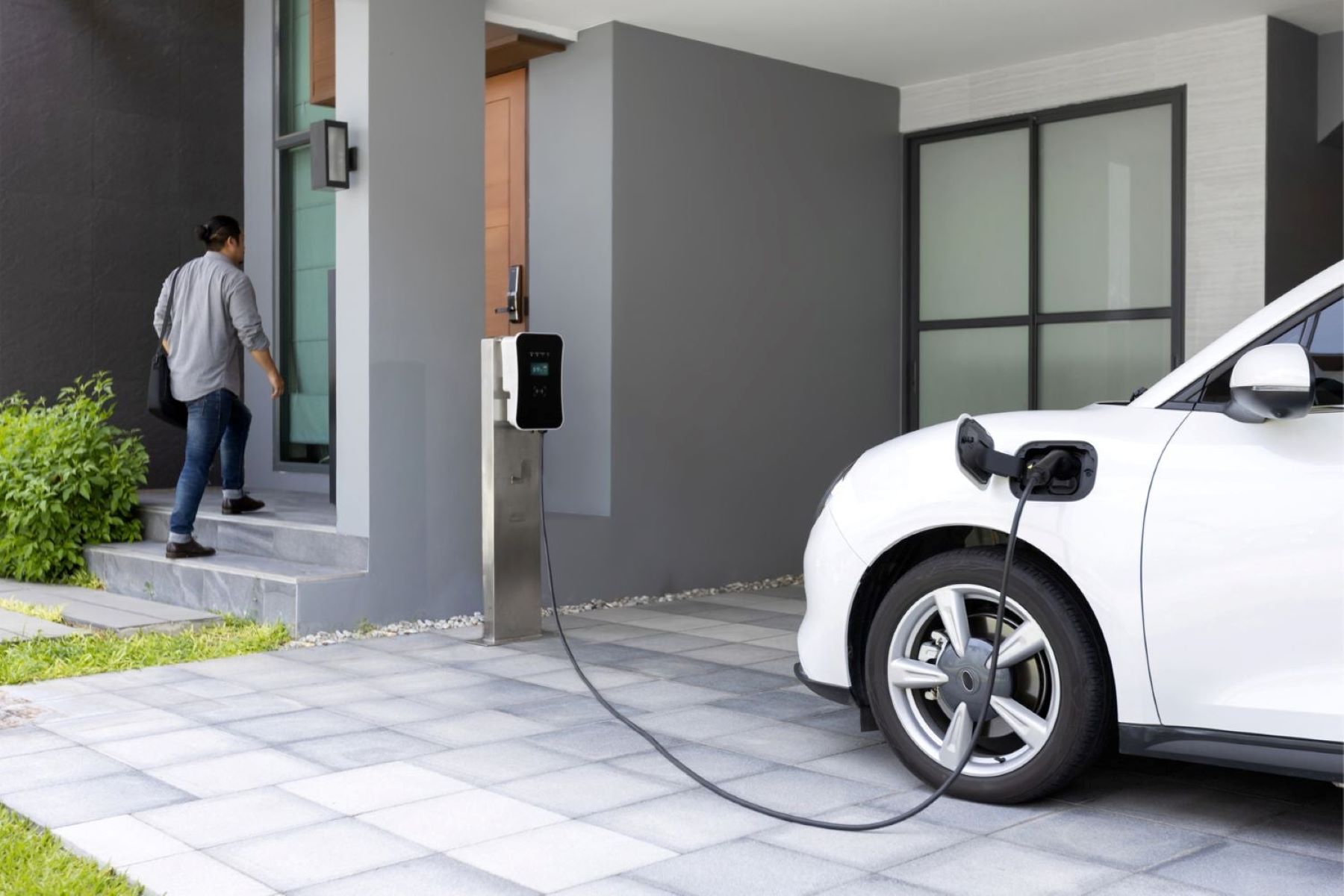

Electrical and Plumbing Systems
How To Install An EV Charger At Home
Modified: January 4, 2024
Learn how to install an EV charger at home with our expert guide. Get tips on navigating electrical and plumbing systems for a seamless installation process.
(Many of the links in this article redirect to a specific reviewed product. Your purchase of these products through affiliate links helps to generate commission for Storables.com, at no extra cost. Learn more)
Introduction
Are you ready to embrace the future of automotive technology? Electric vehicles (EVs) are becoming increasingly popular as the world shifts towards sustainable and eco-friendly transportation options. As an EV owner, one of the most convenient upgrades you can make to your home is the installation of an Electric Vehicle (EV) charger. This ensures that you can conveniently recharge your vehicle at your own residence, saving time and providing peace of mind.
In this comprehensive guide, we will delve into the essential steps required to install an EV charger at home. Whether you are a DIY enthusiast or planning to hire a professional electrician, understanding the process is crucial. By the end of this article, you will have a clear understanding of the technical aspects involved in the installation, ensuring a seamless and efficient charging experience for your electric vehicle.
So, let's embark on this electrifying journey and equip your home with the infrastructure needed to power up your EV. From understanding the different types of EV chargers to selecting the right one for your needs, and from preparing for the installation to testing and troubleshooting, we will cover it all. Get ready to elevate your home into a haven for sustainable transportation by installing your very own EV charger!
Key Takeaways:
- Embrace the future of transportation by installing an EV charger at home, ensuring convenient and efficient charging for your electric vehicle, contributing to a greener environment.
- Understand the different types of EV chargers, choose the right one for your needs, and prepare for a seamless installation process to power up your electric vehicle at home.
Read more: How To Become An EV Charger Installer
Understanding EV Chargers
Electric Vehicle (EV) chargers are the lifeline of your electric vehicle, providing the essential power it needs to keep you on the move. These chargers come in various types, each offering different charging speeds and compatibility with specific EV models. Understanding the different types of EV chargers is crucial when deciding which one is best suited for your home.
1. Level 1 Chargers: These chargers are the most basic and typically come as standard equipment with new electric vehicles. They use a standard 120-volt household outlet and are ideal for overnight charging. While they are convenient for topping up your vehicle’s charge, they are relatively slow compared to higher-level chargers.
2. Level 2 Chargers: Offering faster charging than Level 1 chargers, Level 2 chargers operate on a 240-volt circuit, similar to the outlet used for large appliances like electric dryers or kitchen ranges. They are the most common choice for residential EV charging, providing an efficient way to recharge your vehicle in a few hours.
3. DC Fast Chargers (Level 3): These chargers are designed for rapid charging, making them suitable for public charging stations and long-distance travel. They operate at a much higher voltage and current than Level 1 and Level 2 chargers, allowing them to charge an EV to 80% capacity in a remarkably short time.
It’s important to note that the charging capabilities of your electric vehicle may limit the type of charger you can use. Some vehicles are only compatible with Level 1 or Level 2 chargers, while others can take advantage of the rapid charging offered by Level 3 chargers.
By understanding the different types of EV chargers and their respective charging speeds, you can make an informed decision when selecting the right charger for your home. The next step is to explore the factors that will help you choose the most suitable EV charger for your specific needs.
Choosing the Right EV Charger
When it comes to selecting the ideal Electric Vehicle (EV) charger for your home, several factors should be taken into consideration to ensure a seamless and efficient charging experience. Here are the key elements to keep in mind when choosing the right EV charger:
- Charging Speed: Consider the charging speed that aligns with your driving habits and lifestyle. If you primarily use your electric vehicle for daily commutes and have the convenience of overnight charging, a Level 2 charger may be sufficient. However, if you require faster charging for longer journeys, a Level 3 charger might be more suitable.
- Compatibility: Ensure that the EV charger you choose is compatible with your electric vehicle. Some vehicles may have specific requirements or limitations regarding the charging equipment they can utilize. It’s essential to verify compatibility to avoid any issues during the installation process.
- Amperage and Power Output: Different EV chargers offer varying amperage levels and power outputs. Understanding the electrical specifications of your home and the capabilities of your electric vehicle will help you determine the most suitable charger in terms of amperage and power output.
- Smart Charging Features: Many modern EV chargers come equipped with smart charging capabilities, allowing you to schedule charging times, monitor energy usage, and integrate with smart home systems. These features can enhance convenience and energy efficiency, making them worth considering when selecting an EV charger.
- Installation Requirements: Assess the installation requirements of the EV charger, including the electrical infrastructure needed and any additional components or modifications that may be necessary. Understanding these requirements will help you prepare for the installation process and any associated costs.
By carefully evaluating these factors, you can choose an EV charger that aligns with your specific needs and complements your electric vehicle ownership experience. Once you have selected the right charger, the next step is to prepare for the installation process, ensuring that your home is ready to accommodate the new charging infrastructure.
Preparing for Installation
Before diving into the installation of your Electric Vehicle (EV) charger, it’s essential to make thorough preparations to ensure a smooth and successful installation process. Here are the key steps to take when preparing for the installation of your EV charger:
- Assess Electrical Capacity: Begin by assessing the electrical capacity of your home to determine if it can support the installation of an EV charger. This involves evaluating the existing electrical panel, circuit capacity, and available power to ensure that the addition of the charger will not overload the electrical system.
- Consult a Qualified Electrician: It is highly recommended to consult with a qualified electrician who has experience in installing EV chargers. They can assess the electrical infrastructure of your home, make any necessary upgrades or modifications, and ensure that the installation complies with local electrical codes and regulations.
- Obtain Necessary Permits: Depending on your location, obtaining permits for the installation of an EV charger may be required. Your electrician can guide you through the permit application process and ensure that all necessary approvals are obtained before proceeding with the installation.
- Select an Installation Location: Choose a suitable location for the installation of the EV charger, considering factors such as proximity to your electric vehicle, accessibility, and compliance with installation guidelines. The chosen location should also have adequate space for the charger and allow for safe and convenient cable routing.
- Ensure Proper Ventilation: If opting for an enclosed or indoor installation, ensure that the selected location provides proper ventilation to dissipate any heat generated by the charger. This is essential for maintaining optimal performance and safety.
- Prepare the Mounting Surface: If the EV charger requires mounting, prepare the designated surface according to the manufacturer’s guidelines. This may involve ensuring a level and sturdy mounting platform, especially for wall-mounted chargers.
By diligently preparing for the installation and addressing these essential considerations, you can set the stage for a successful and hassle-free EV charger installation. Once the necessary preparations are in place, you can proceed with the installation process, bringing you one step closer to enjoying the convenience of charging your electric vehicle at home.
Before installing an EV charger at home, make sure to check your electrical panel’s capacity to handle the additional load. It’s important to ensure that your home’s electrical system can support the charger without causing any issues.
Installing the EV Charger
With the preparations in place, it’s time to embark on the installation of your Electric Vehicle (EV) charger. Whether you choose to enlist the expertise of a professional electrician or tackle the installation as a DIY project, understanding the key steps involved is essential. Here’s a comprehensive overview of the installation process:
- Power Shut-Off: Before initiating the installation, it is crucial to shut off the power to the designated electrical circuit at the main electrical panel. This ensures safety during the installation process and prevents electrical hazards.
- Mounting the Charger: If the EV charger requires mounting, carefully follow the manufacturer’s guidelines for securing it in the chosen location. Ensure that the mounting surface is sturdy and level, providing a stable foundation for the charger.
- Electrical Wiring: The electrician or installer will proceed with the necessary electrical wiring, including connecting the charger to the electrical panel and ensuring compliance with local electrical codes. This step requires precision and expertise to guarantee a safe and reliable electrical connection.
- Grounding and Bonding: Proper grounding and bonding of the EV charger are essential for electrical safety and performance. This involves establishing a secure connection to the grounding system of your home and ensuring effective bonding to prevent electrical faults.
- Cable Installation: The installation of the charging cable involves routing it from the charger to the designated charging location for your electric vehicle. Careful consideration should be given to cable management and protection to prevent damage and ensure longevity.
- Testing and Verification: Once the installation is complete, thorough testing and verification of the EV charger’s functionality are essential. This includes checking for proper electrical connections, verifying charging performance, and ensuring that all safety features are operational.
Whether you opt for professional installation or take on the task yourself, attention to detail and adherence to safety protocols are paramount. By following the prescribed installation steps and guidelines, you can ensure a reliable and efficient charging infrastructure for your electric vehicle. With the EV charger successfully installed, the next crucial phase involves testing and troubleshooting to confirm its seamless operation.
Read more: Where To Install An EV Charger In The Garage
Testing and Troubleshooting
Upon completing the installation of your Electric Vehicle (EV) charger, thorough testing and troubleshooting are essential to verify its functionality and address any potential issues. Here’s a detailed overview of the testing and troubleshooting process:
- Initial Power-Up: After the installation is complete, power up the EV charger and ensure that it initializes properly. Check the display, indicator lights, and any associated control features to confirm that the charger is operational.
- Charging Test: Connect your electric vehicle to the newly installed charger and initiate a charging cycle. Monitor the charging process to ensure that the vehicle’s onboard charging system communicates effectively with the charger and that the charging performance meets expectations.
- Electrical Testing: Conduct electrical testing to verify the integrity of the electrical connections, grounding, and bonding. This may involve using a multimeter to measure voltage, current, and continuity at critical points within the charging system.
- Safety Features Verification: Ensure that all safety features of the EV charger are fully functional. This includes testing the Ground Fault Circuit Interrupter (GFCI), if applicable, and confirming that the charger’s protective mechanisms respond appropriately to potential faults or malfunctions.
- Smart Charging Features: If your EV charger is equipped with smart charging capabilities, such as scheduling and remote monitoring, test these features to ensure that they integrate seamlessly with your home’s electrical system and provide the expected functionality.
- Troubleshooting Potential Issues: In the event of any anomalies or unexpected behavior during testing, troubleshoot the issues systematically. This may involve reviewing the installation documentation, consulting with the electrician or installer, and performing diagnostic checks to identify and address the root cause of the problem.
Thorough testing and troubleshooting not only validate the successful installation of the EV charger but also provide an opportunity to address any potential concerns before they impact the charging experience. By meticulously verifying the functionality of the charger and addressing any issues that arise, you can ensure a reliable and efficient charging solution for your electric vehicle.
Conclusion
Congratulations on taking the proactive step of installing an Electric Vehicle (EV) charger at your home, thereby embracing the future of sustainable transportation and contributing to a greener environment. By embarking on this electrifying journey, you have equipped your residence with the infrastructure needed to power up your electric vehicle conveniently and efficiently.
Throughout this comprehensive guide, we have explored the essential aspects of installing an EV charger, from understanding the different types of chargers to selecting the right one for your specific needs. By preparing for the installation and carefully executing the installation process, you have laid the foundation for a seamless charging experience.
As you immerse yourself in the world of electric mobility, the convenience of charging your electric vehicle at home will undoubtedly enhance your ownership experience. Whether you opted for professional installation or took on the task as a DIY project, the successful integration of the EV charger into your home signifies a significant milestone in your journey towards sustainable transportation.
With the installation complete and the charger operational, the testing and troubleshooting phase has ensured that the charging infrastructure meets the highest standards of functionality and safety. Any potential issues have been addressed, providing you with the confidence that your electric vehicle will be reliably powered up whenever needed.
As you embark on this new chapter of electric vehicle ownership, remember that the installation of an EV charger at home is not only a practical upgrade but also a statement of commitment to a cleaner and more sustainable future. Your decision to embrace electric mobility and invest in the charging infrastructure sets a positive example for others and contributes to the collective effort of reducing carbon emissions and dependence on fossil fuels.
By installing an EV charger at home, you have not only empowered yourself with the convenience of electric vehicle charging but also contributed to the broader movement towards a greener and more sustainable transportation ecosystem. Your dedication to sustainable mobility is a testament to the positive impact that individual choices can have on the environment and future generations.
As you enjoy the convenience and environmental benefits of charging your electric vehicle at home, may this guide serve as a valuable resource, empowering you to navigate the exciting world of electric mobility with confidence and enthusiasm.
Frequently Asked Questions about How To Install An EV Charger At Home
Was this page helpful?
At Storables.com, we guarantee accurate and reliable information. Our content, validated by Expert Board Contributors, is crafted following stringent Editorial Policies. We're committed to providing you with well-researched, expert-backed insights for all your informational needs.
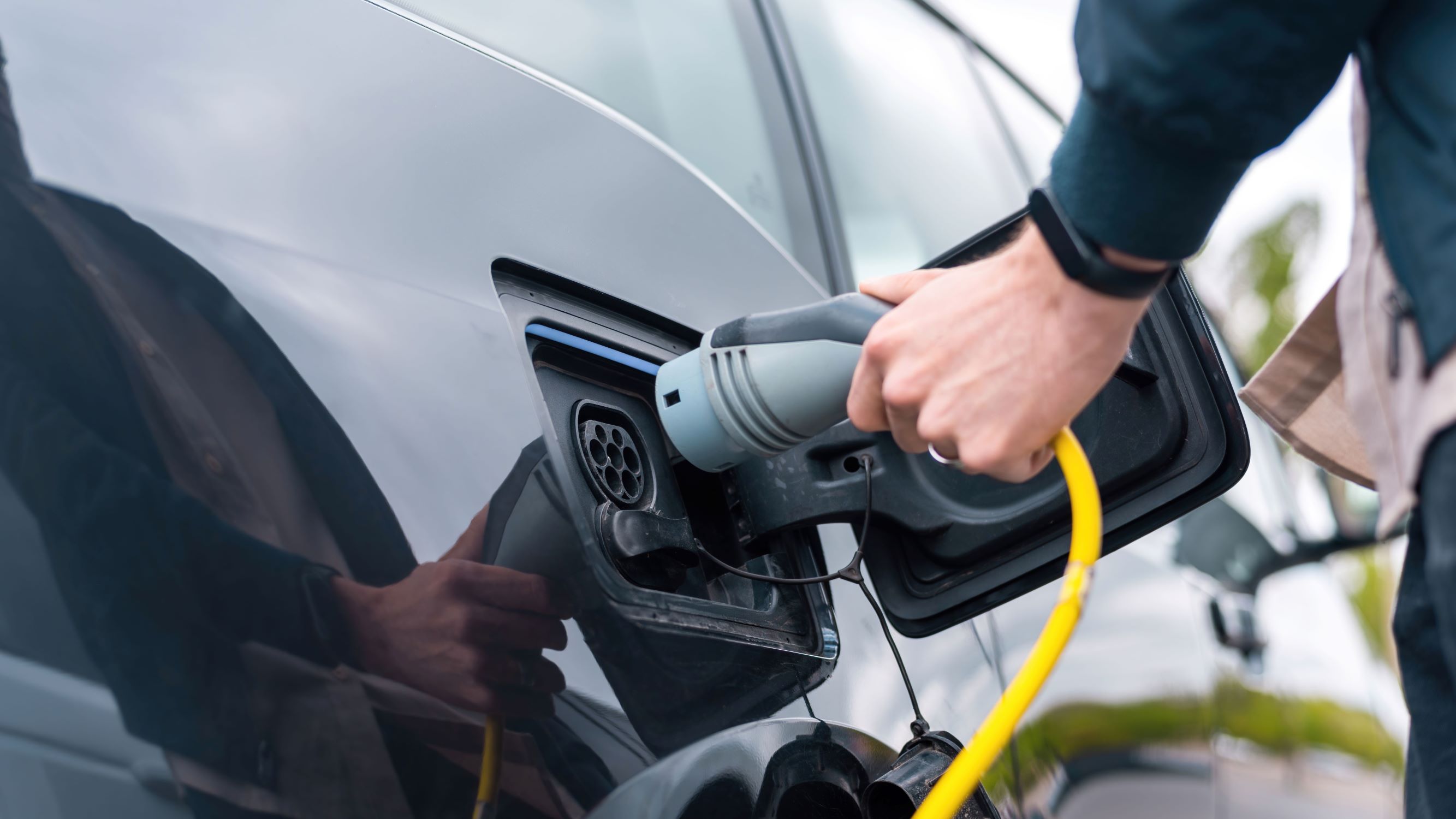
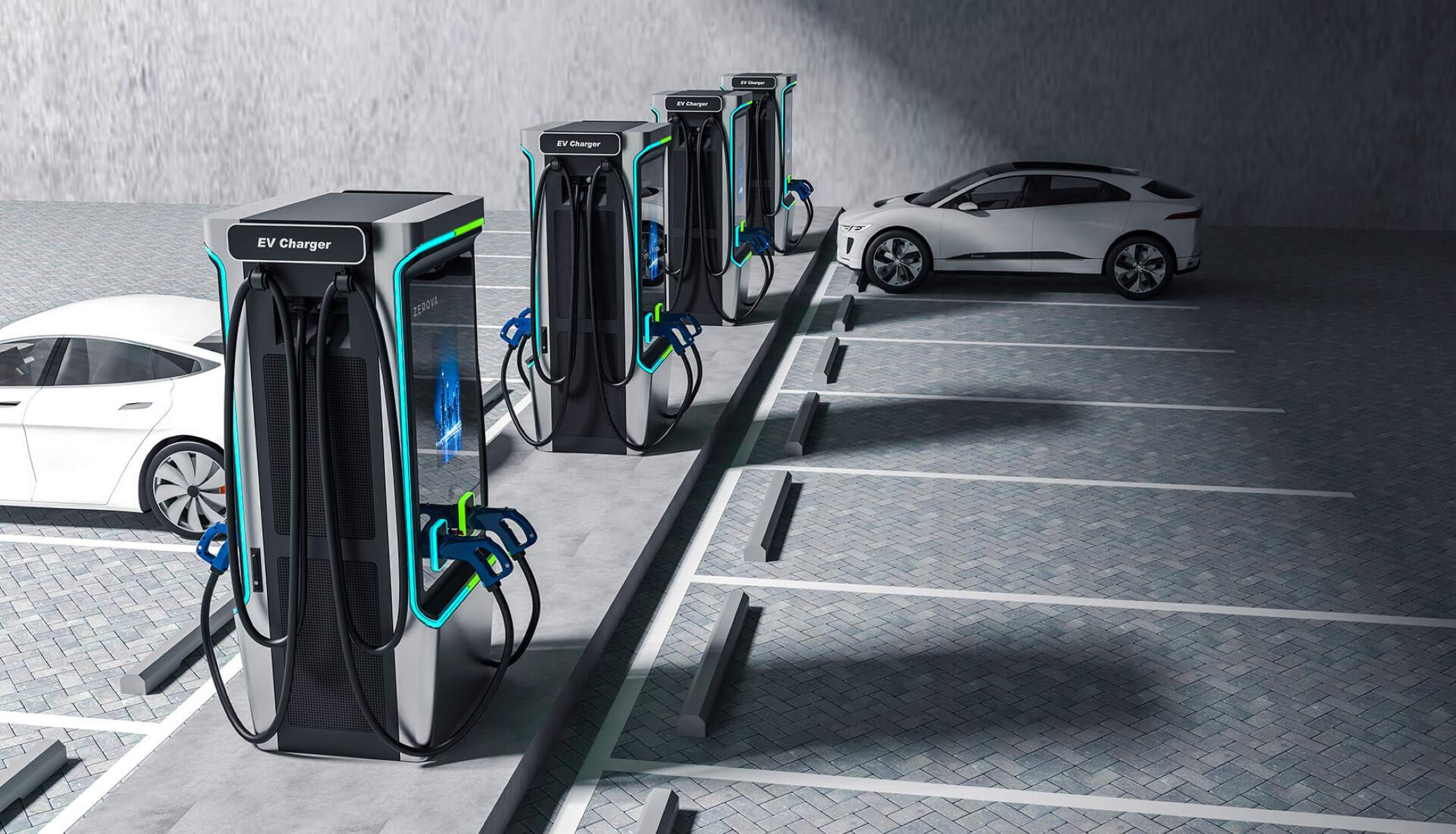
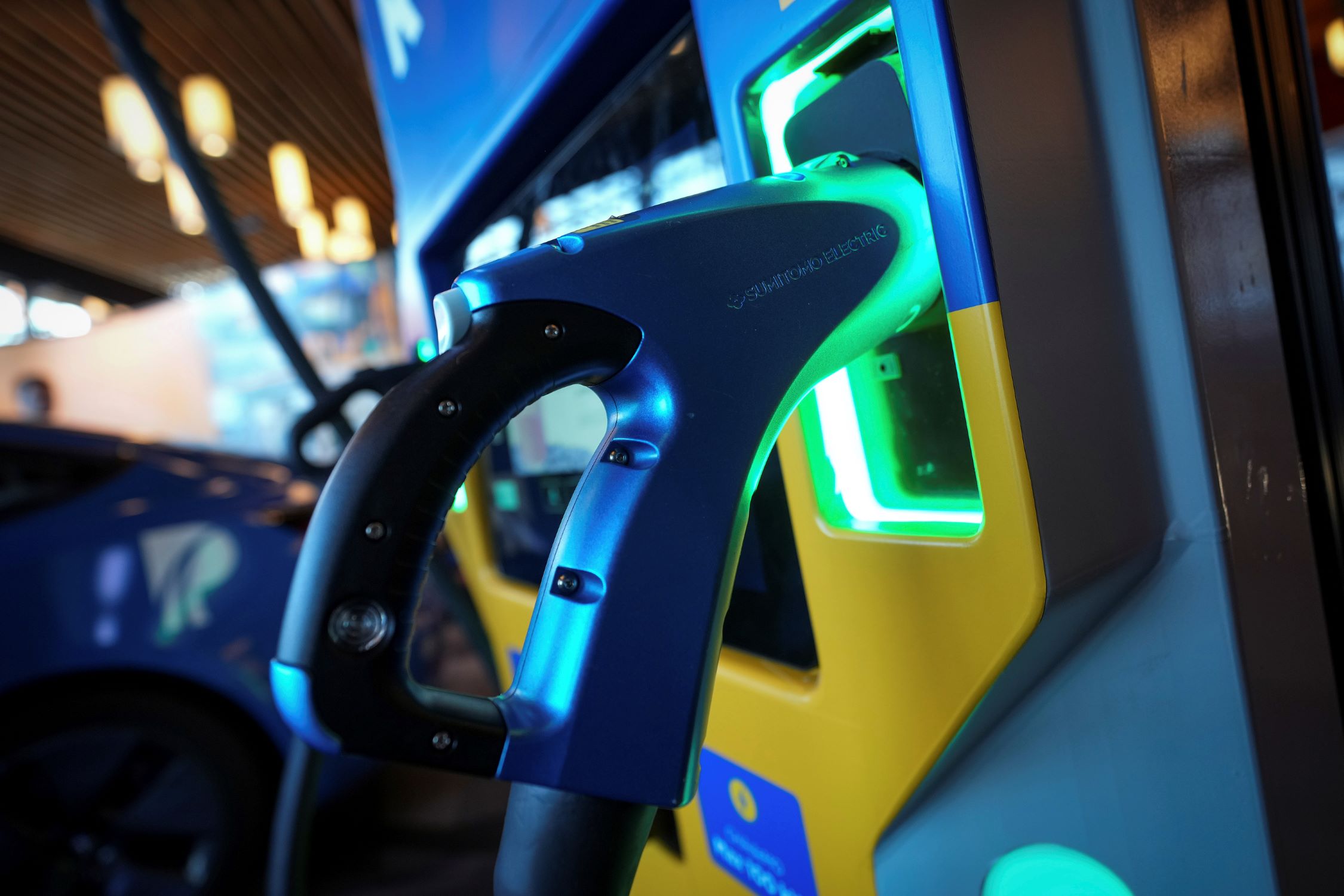
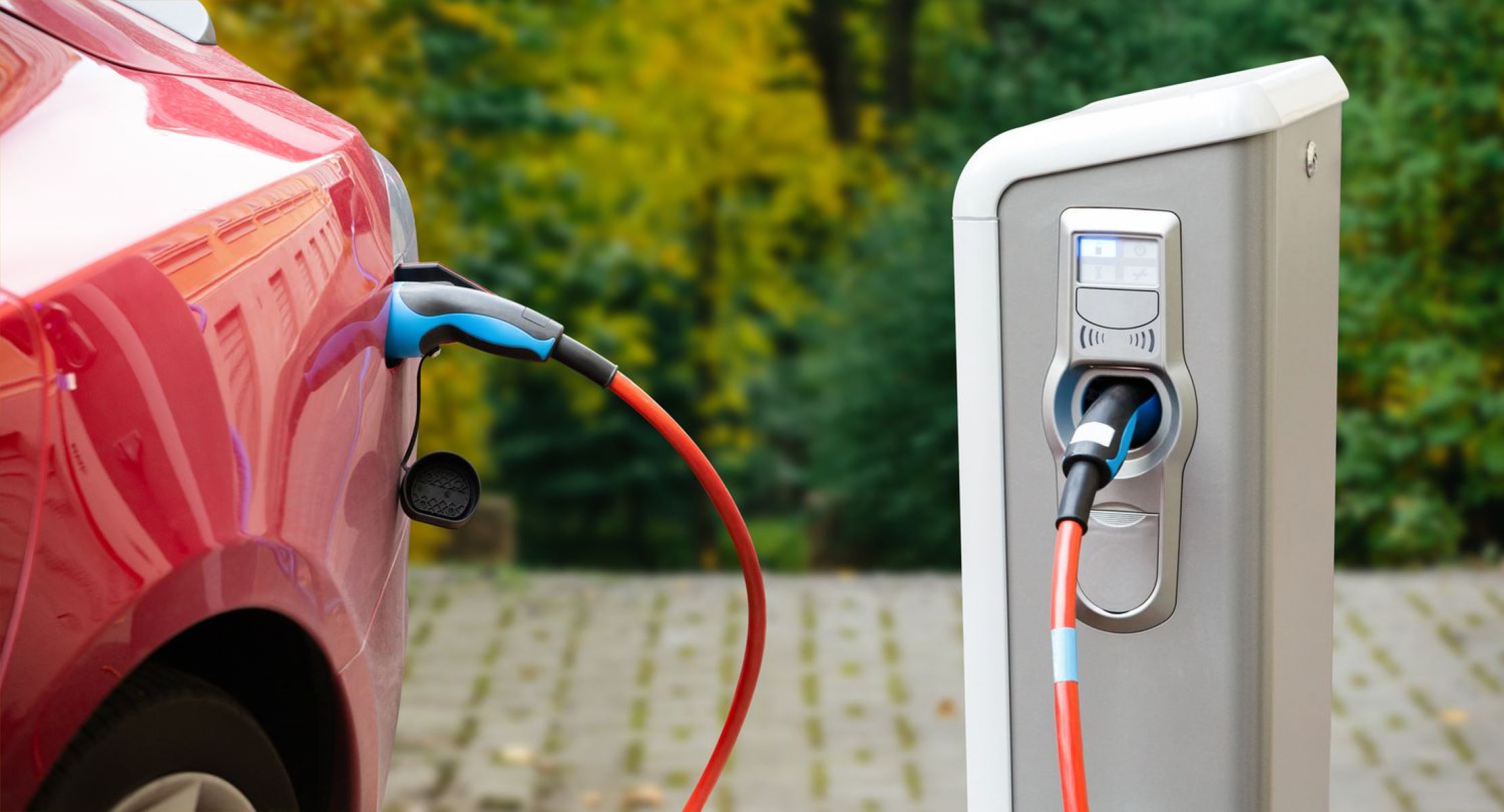
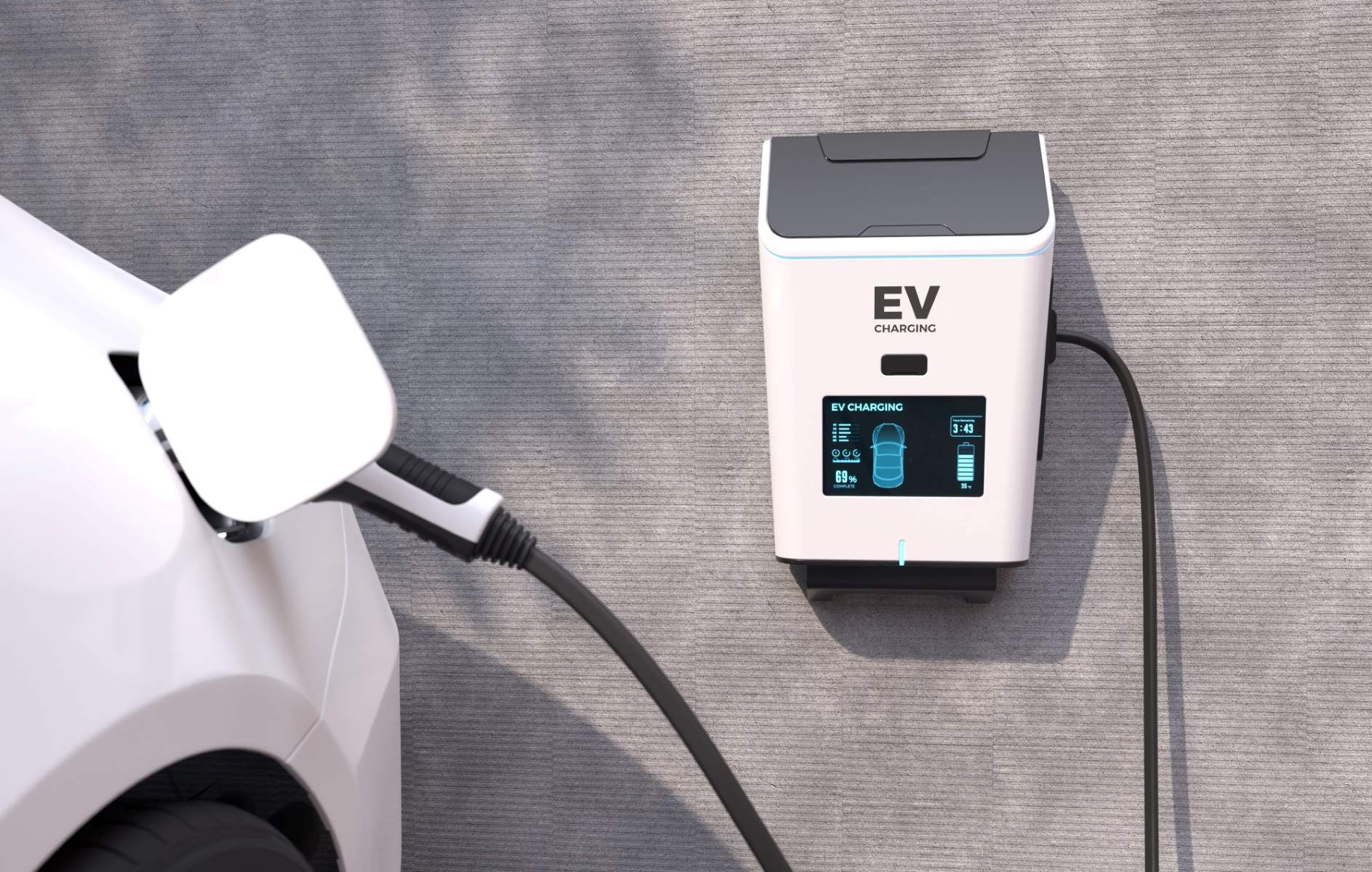
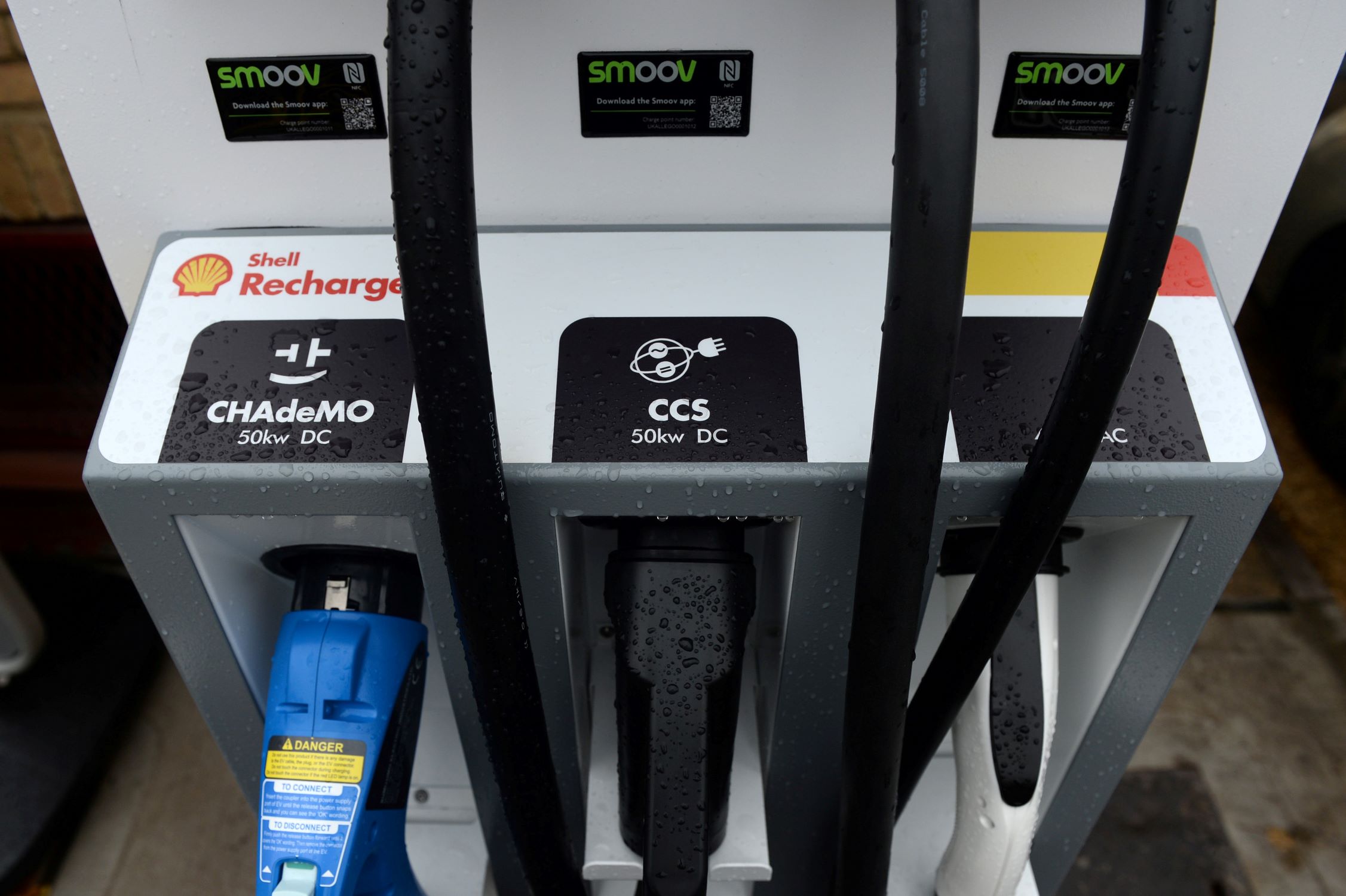
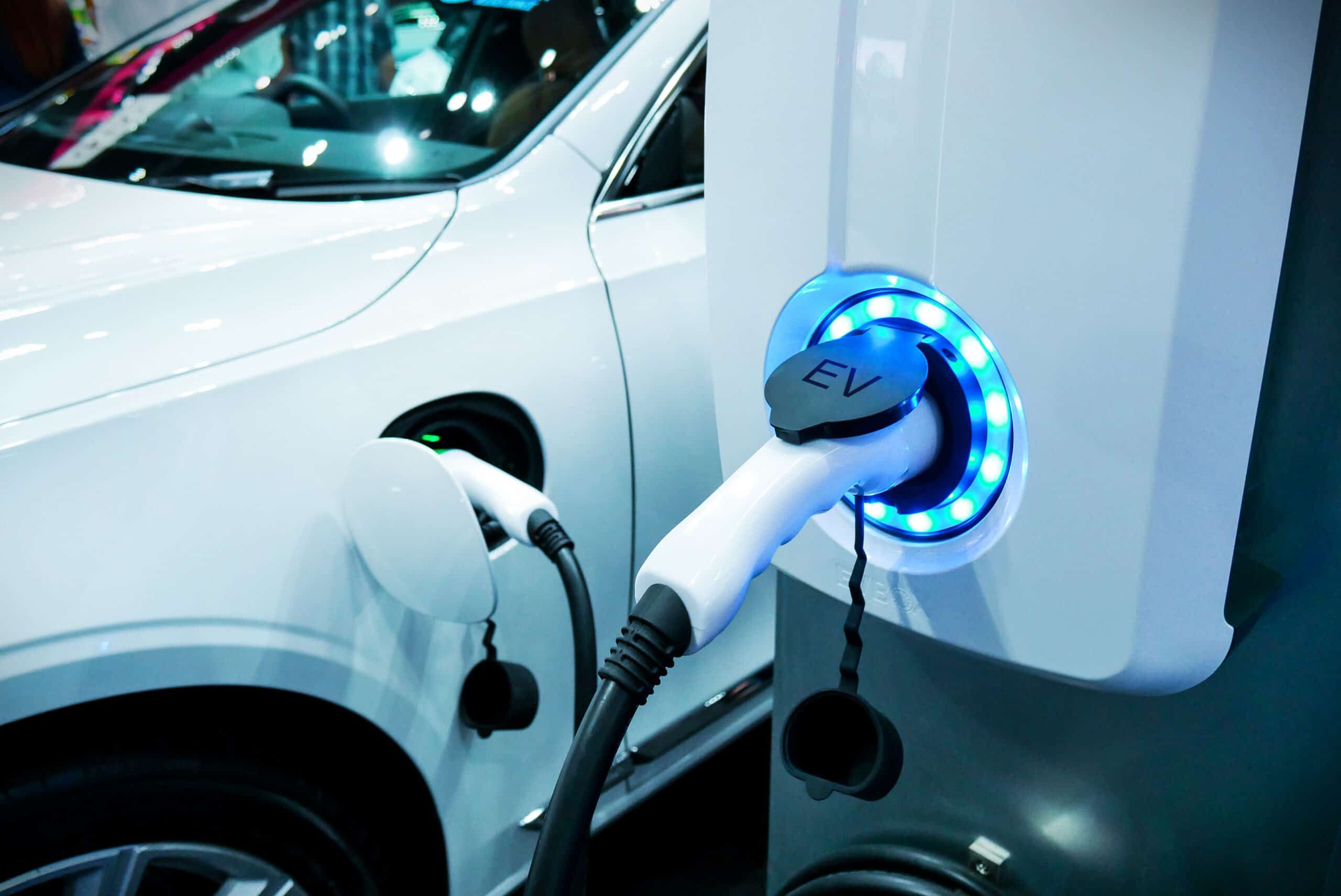
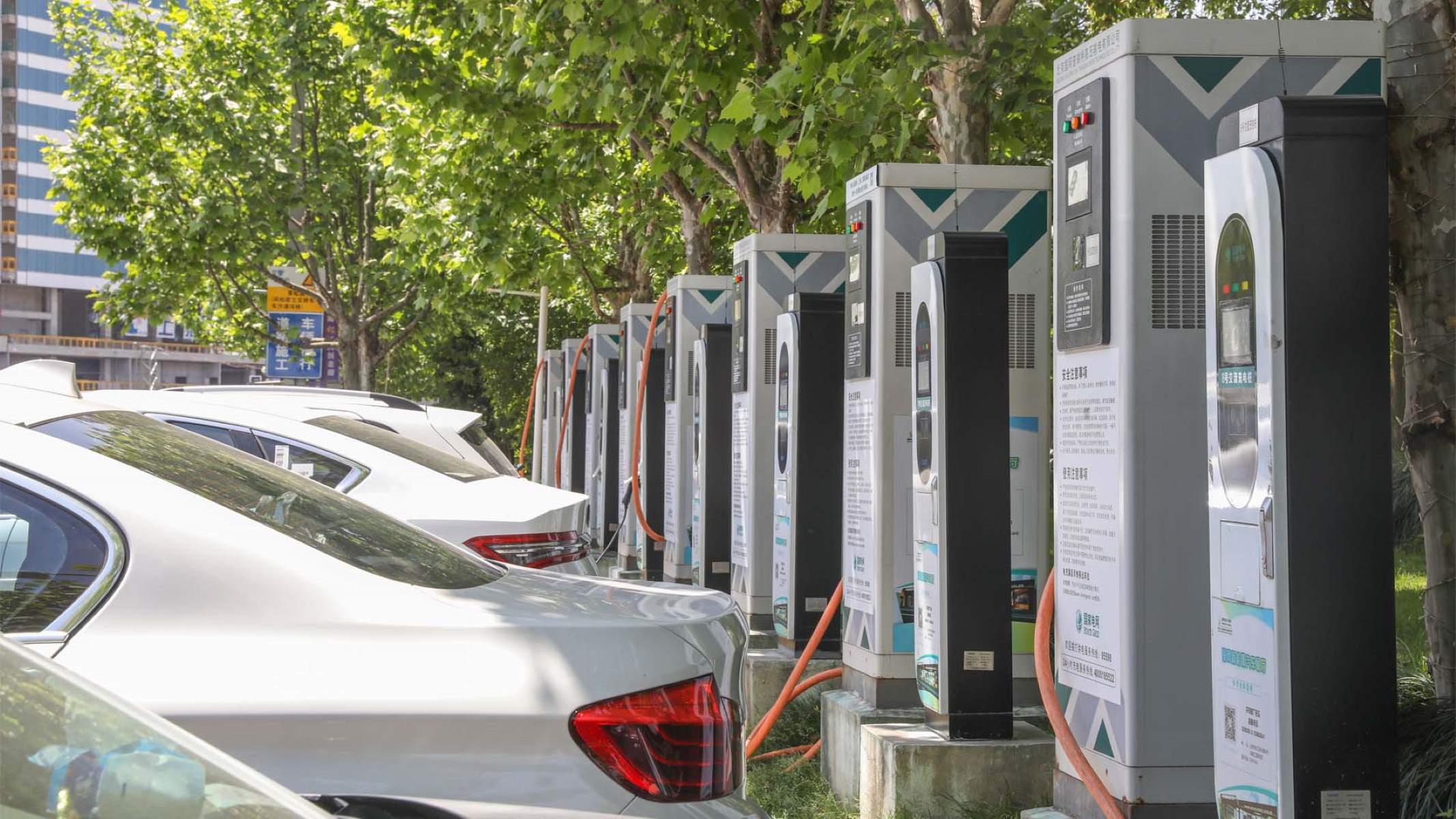
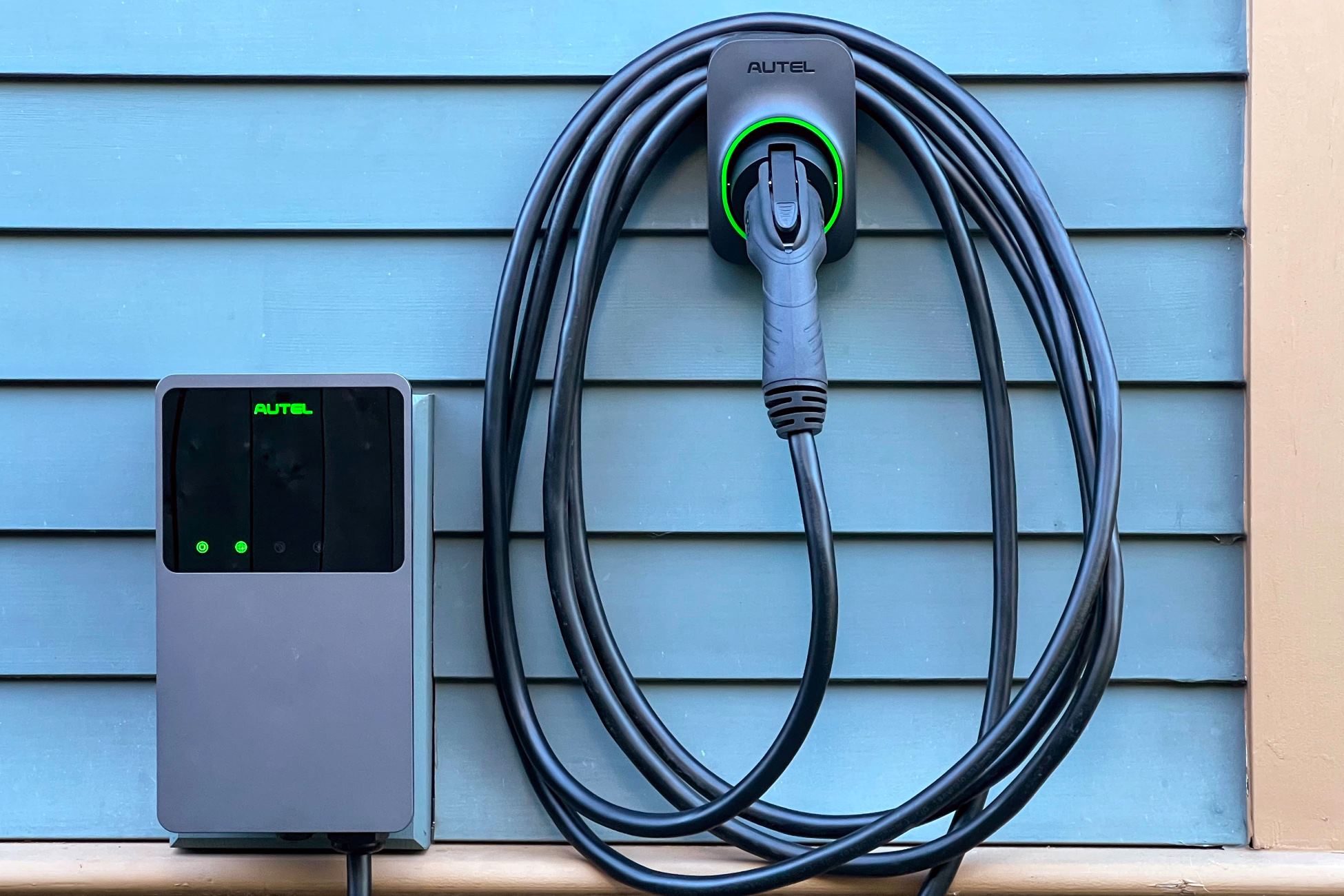

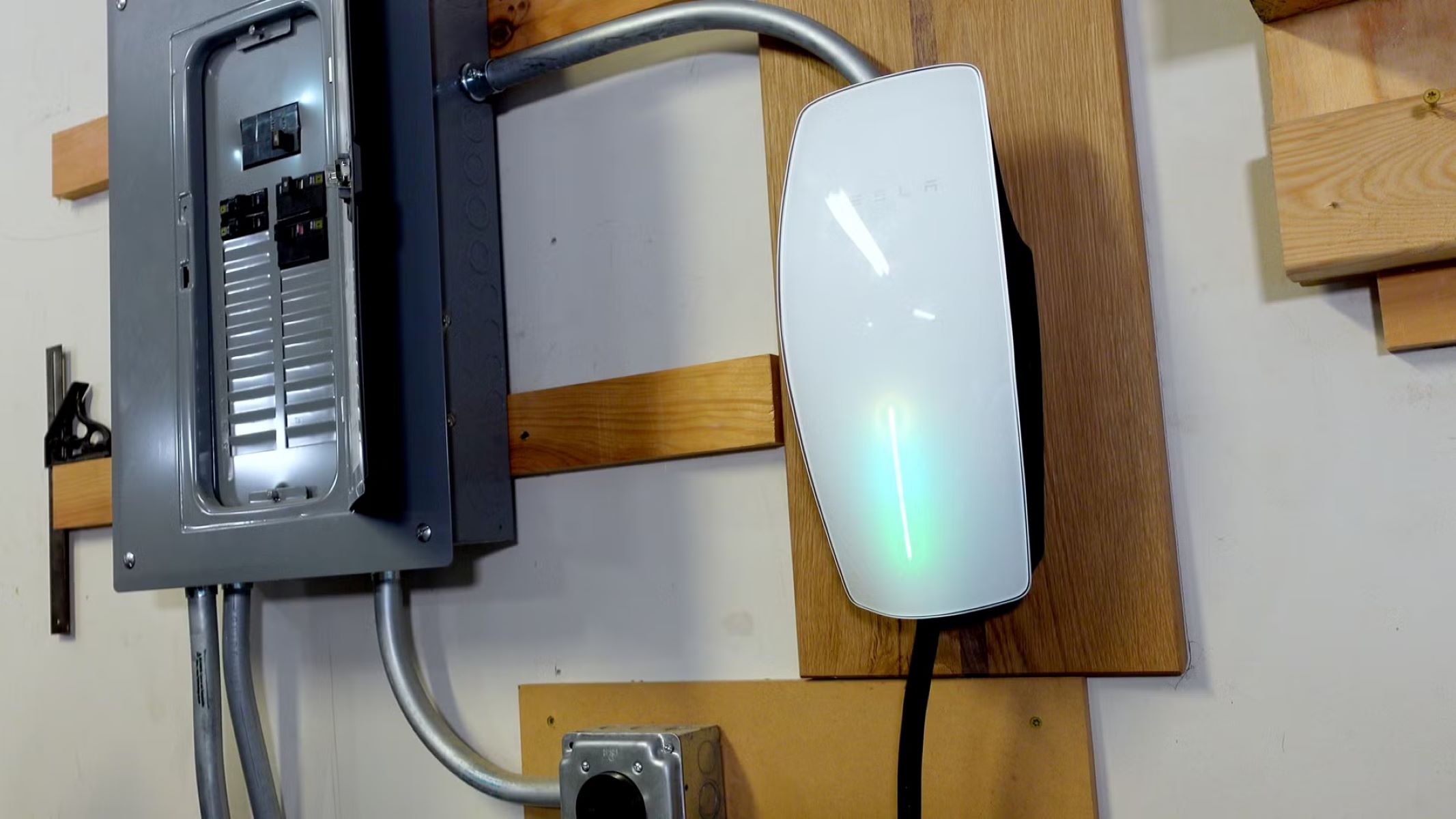
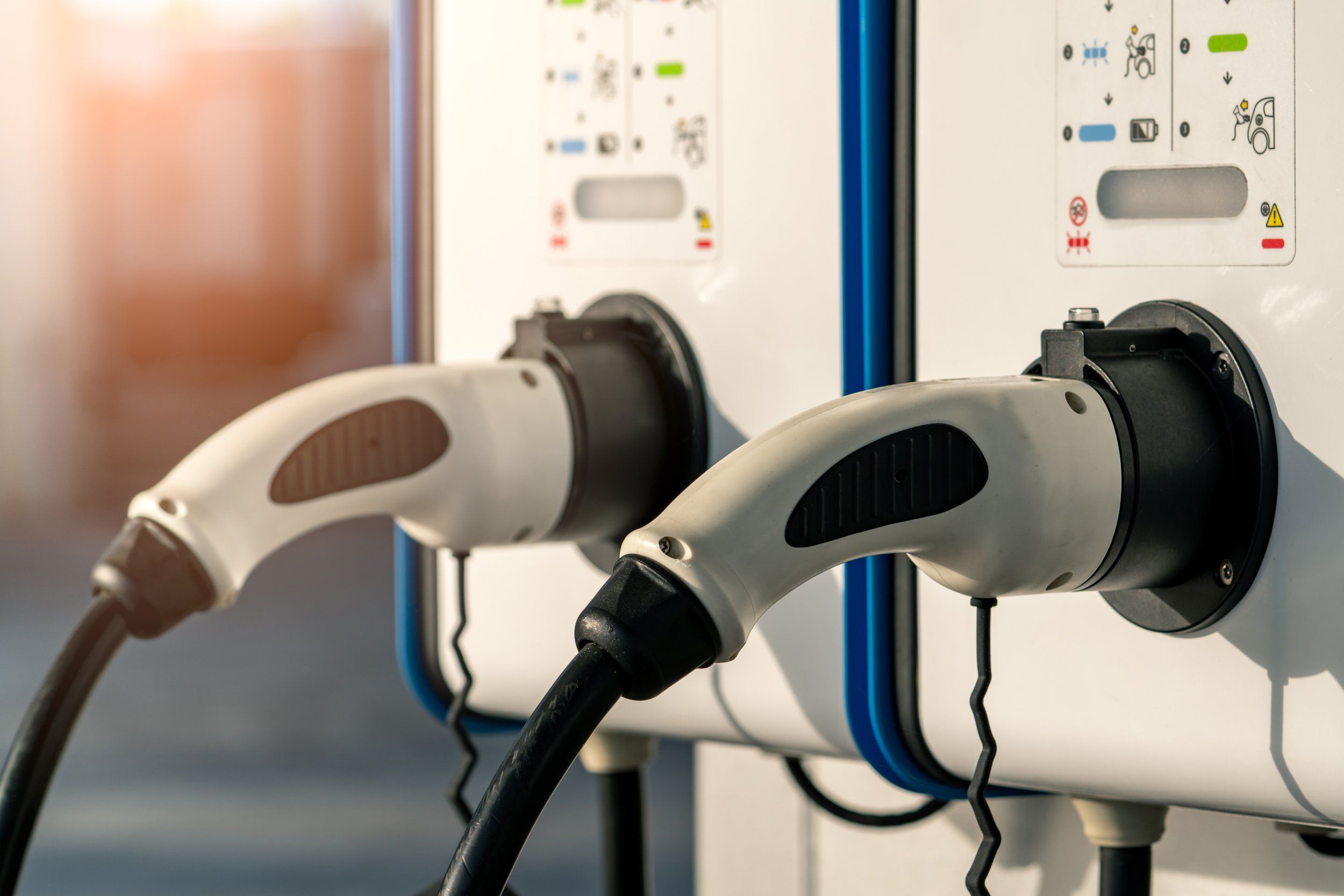
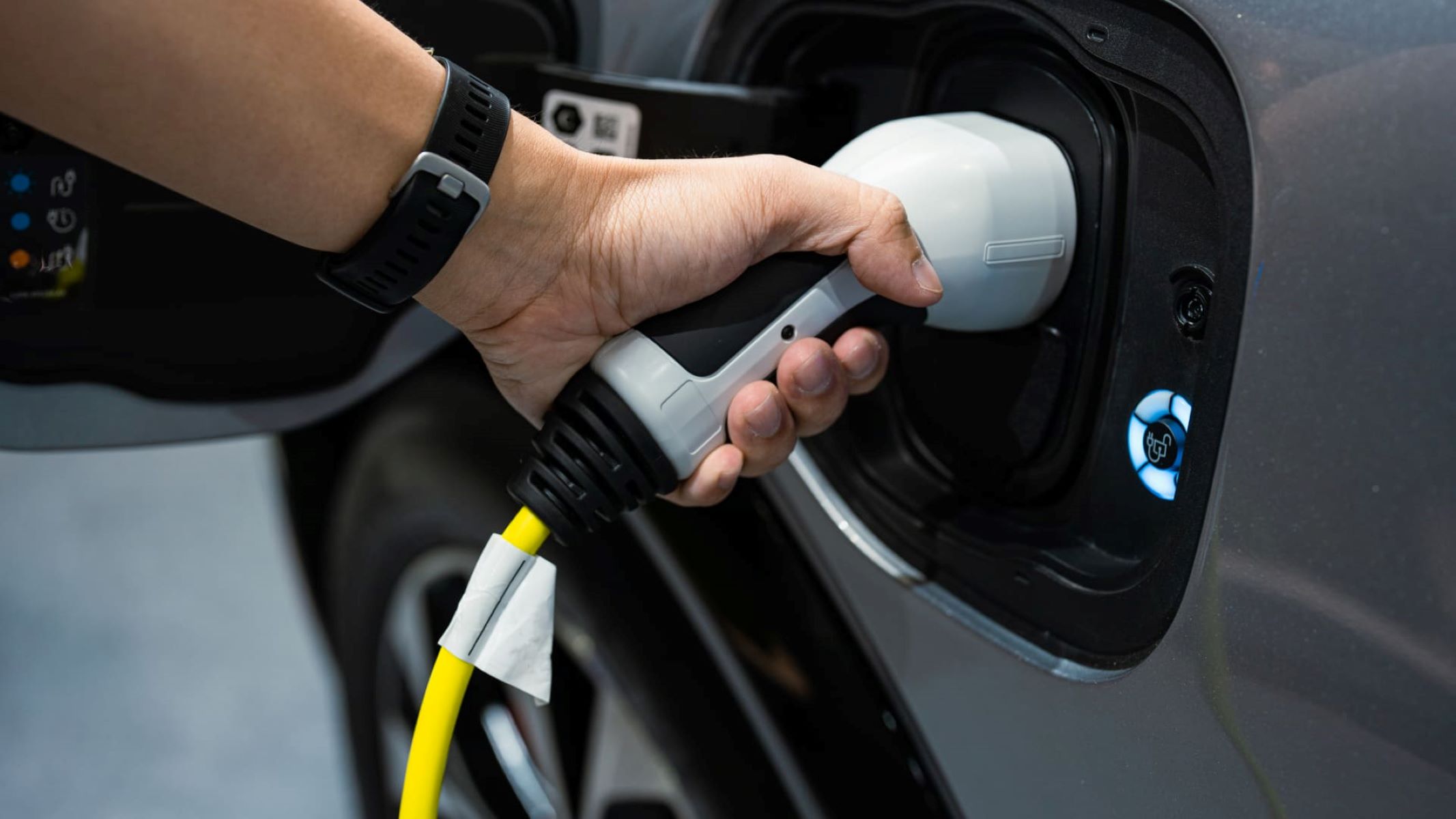
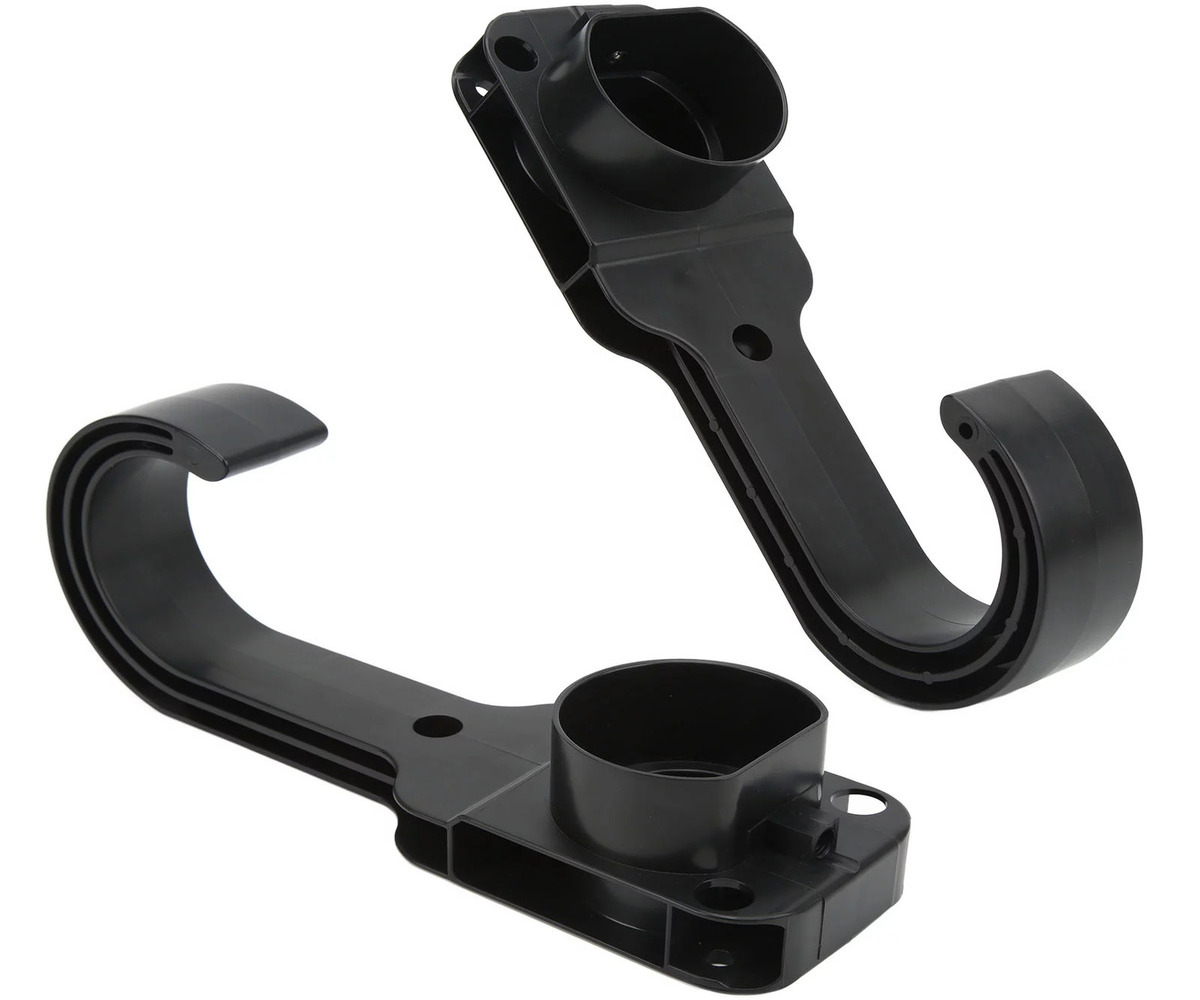

0 thoughts on “How To Install An EV Charger At Home”